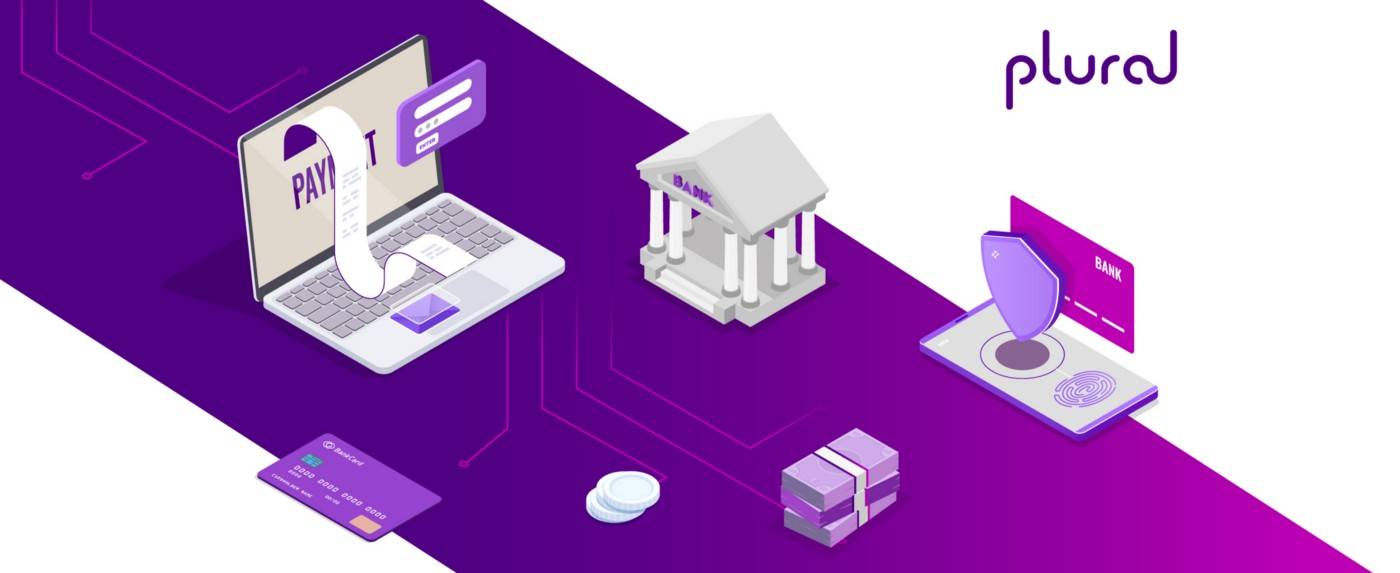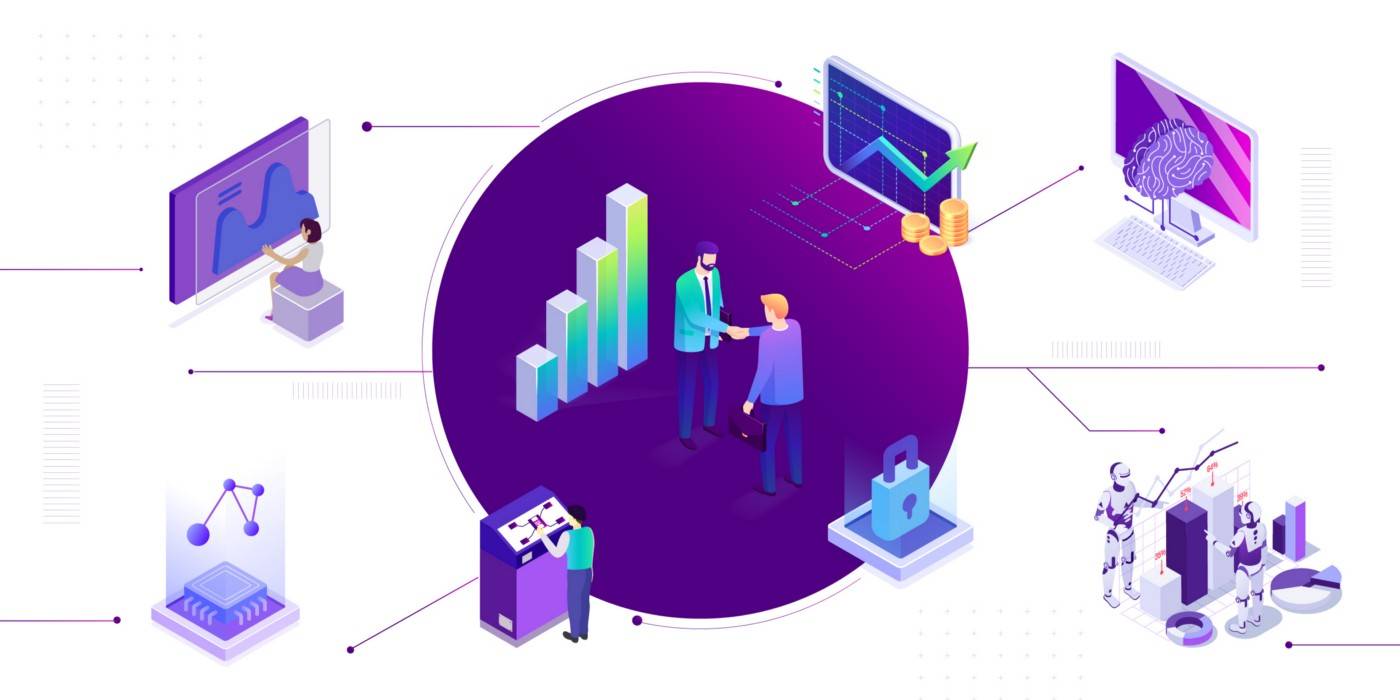Did you know that more than 40 Cr people transact digitally in India? Consumers pay digitally for 80% of grocery, food delivery, and travel transactions.
With online payments becoming the norm, the rise in fraud cases has become a significant challenge for businesses and individuals alike. As technology advances, so do the methods employed by cybercriminals.
This has made it imperative to establish robust identity verification methods to secure online payments. Besides, payment identity verification also helps speed up transaction processing.
Join us as we explore digital identity verification and its role in fostering trust in online payments.
What is digital/payment identity verification?
In simple terms, digital identity verification refers to the practice of confirming the identity of individuals before they make online payments. The traditional methods of verifying identity, such as presenting physical documents or signatures, are not feasible in the digital space. That’s why you need a digital identity verification system.
The process typically involves using technology and data to verify the authenticity of an individual’s identity. It may include providing and validating personal information against credible sources, such as government databases or credit bureaus. Sometimes, additional authentication factors, like facial recognition or fingerprint scans, are employed to ensure higher security.
Digital identity verification serves multiple purposes, including the following:
- It helps protect individuals from identity theft and fraudulent activities. Confirming someone’s identity before allowing them to make a payment or access sensitive information prevents unauthorised transactions and safeguards personal data.
- It builds trust between businesses and customers. When users know the business verifies their identity before deducting payments, they feel more confident buying online. This, in turn, promotes the growth of e-commerce and encourages more people to embrace digital payments.
It is estimated that $41 billion was lost globally in 2022 to online payment fraud. Worst yet, research forecasts that business losses from online payment frauds will exceed $362 billion globally between 2023 and 2028. Such alarming statistics make it all the more important for online businesses to set up a payment identity verification system.
Digital/payment identity verification methods
The identity of the payer can be verified using several methods. Here are some common techniques used by most businesses:
Knowledge-based authentication
Knowledge-Based Authentication (KBA) is a common method of verifying identity by asking users questions based on personal information. The idea behind KBA is that only the rightful user would know the answer to these questions.
The questions can vary, ranging from personal details like the user’s date of birth, address, or mother’s maiden name to more specific queries based on the user’s history, such as previous addresses or recent purchases.
Two-factor authentication
Two-Factor Authentication (2FA) adds an extra layer of security to the authentication process. This system requires users to provide a second form of authentication in addition to the usual password or PIN. This additional authentication can be a unique code received in SMS or email. Some even use biometrics like fingerprints or facial recognition for this purpose.
With 2FA, even if an attacker obtains the user’s password, they still need access to the second factor. This helps prevent unauthorised entry and significantly enhances payment security.
Biometric verification
As the name suggests, biometric authentication relies on biological measurements or human characteristics to authenticate individuals. The most used characters are fingerprints, iris or retinal patterns, facial features, and voice patterns.
Biometrics traits are difficult to replicate. This makes it a highly secure method of identity verification. Users are typically required to provide a sample of their biometric data, which is then compared against stored records for verification.
Document verification
In document verification, users must submit scanned or photographed copies of their documents during verification. The documents are then cross-referenced with trusted databases to ensure validity. This method is particularly important for regulated industries such as financial institutions or online marketplaces, where compliance with Know Your Customer (KYC) regulations is crucial.
IP geolocation and device authentication
IP geolocation involves analysing the user’s IP address to determine their approximate location. Similarly, device authentication verifies the characteristics of the user’s device, such as its MAC address or device fingerprint. Businesses can detect and flag suspicious activities by comparing the IP geolocation or device information with known locations and devices.
Digital certificates
Digital certificates are issued by trusted organisations, known as Certificate Authorities (CAs), and are based on a public-key infrastructure (PKI). They contain key information about the certificate holder, such as their identity, digital signature, and unique serial number.
Digital certification helps establish a secure and encrypted connection with a website or a system. It ensures that the information exchanged remains confidential and tamper-proof. E-commerce platforms, financial institutions, or payment service providers generally use digital certificates to ensure the authenticity of their services.
Factors to consider when choosing a payment verification provider
Payment identity verification is vital for businesses, and a verification provider is crucial in establishing security in online transactions. Many companies claim to specialise in verifying the validity of online payment transactions. We recommend considering the following factors when choosing a verification provider.
Security and compliance
Prioritise a payment verification provider that strongly emphasises security and compliance. Do they employ measures like encryption and secure data storage? Also, check for adherence to industry regulations.
Reputation and reliability
Look for a provider known for delivering consistent and dependable verification services. Seek customer reviews and testimonials to gauge their track record. A reputable provider will give you confidence in their ability to meet your needs effectively.
User experience
Look for a provider that prioritises simplicity and ease of use. The process should be user-friendly and intuitive for both your customers and internal teams. A seamless verification experience enhances customer satisfaction and minimises frustration during payment.
Integration capabilities
Ensure their solution seamlessly integrates with your payment gateway, e-commerce platform, or other relevant systems. This way, you can minimise disruptions and save time and effort during implementation.
Scalability
Consider the provider’s ability to scale the verification services to accommodate your business growth. They should be able to handle increasing transaction volumes without compromising performance.
Simplify payment identity verification with Setu KYC
Setu’s KYC APIs streamlines digital identity verification, making it easier for businesses like yours to verify users for payouts, loan disbursals, stock, or crypto investments.
With Setu KYC, you get the best uptimes and availability, along with user-friendly APIs and pre-built customisable screens. It also helps you reduce fraud with its modular verification bundle that includes bank account verification, DigiLocker Aadhaar verification, and PAN checks.
Choose Setu KYC for seamless and secure payment identity verification at a competitive price and ensure security law compliance. Contact us here for more information.

Amrita Konaiagari is a Marketing Manager at Plural by Pine Labs and Editor of the Plural blog. She has over 10 years of marketing experience across Media & Tech industries and holds a Master’s degree in Communication and Journalism. She has a passion for home décor and is most definitely a dog person.


